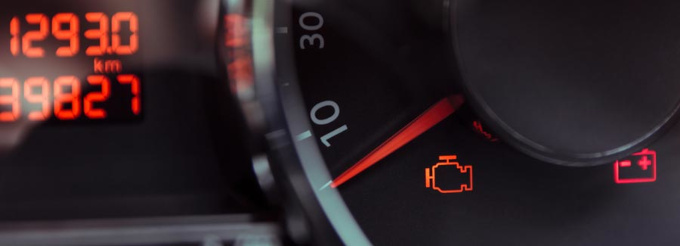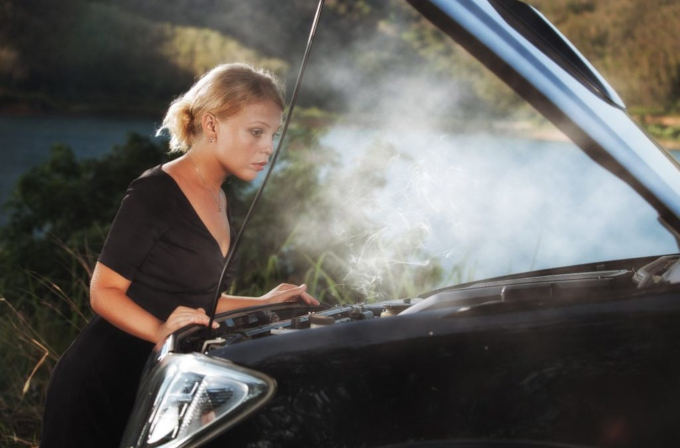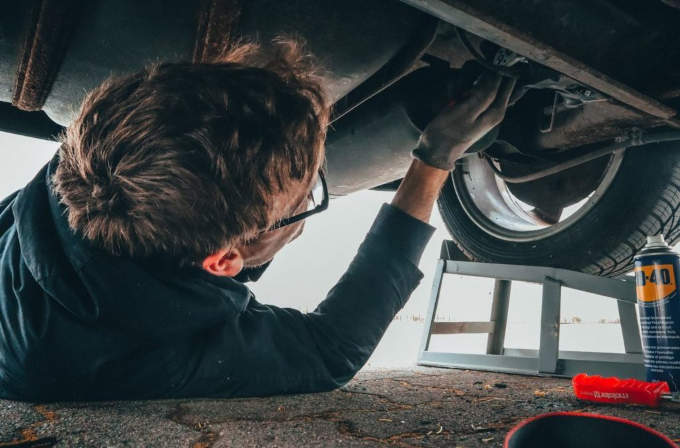DON’T GET OVERWHELMED THE WARNING LIGHTS ON YOUR DASHBOARD
At some point, you’ve probably caught sight of a warning light you don’t recognize on your dashboard. Some warning lights are simple alerts that you can easily take care of yourself before carrying on your way. On the other hand, other warning lights signal you need to get your car to a mechanic as soon as possible. What are a few warning lights you’re likely to see?

STRESS-FREE WARNING LIGHTS
If you see any of these lights come on, don’t stress. They’re just letting you know something is a little off or will need your attention soon. You don’t necessarily have to pull off the road and you almost certainly don’t need to schedule an appointment at an auto repair shop.
DOORS
Whenever your door light comes on, it simply means one of your doors is not properly closed. You can keep driving carefully and whenever you stop at a light, you can check your door. Otherwise, pull to the side of the road and check all the doors you recently closed before driving.
SEAT BELTS
If you frequently drive passengers around in your car, you’ve likely seen this light at some point to indicate they haven’t fastened their seat belt. Simply ensure everyone in the car has their seatbelts on, though this light will typically only come on if one of the front seats has a passenger without their seatbelt buckled.
TIRE PRESSURE
Especially during transitional seasons when temperatures fluctuate more than usual, you’re likely to encounter this light, which means your tire pressure in at least one tire is not in the optimal range. Most likely, you need to add air to your tires because temperatures have dropped, causing the tire pressure to drop as well. Just check the pressure in each of your tires if your car doesn’t inform you of that already and adjust tire pressure in each accordingly.
FUEL
If you’re close to running out of gas, you’ll see this light come on. Usually, it comes on with plenty of warning, so there’s no need to worry. Just plan on filling up your car with gas on your way home or as soon as you pass a gas station.

URGENT WARNING LIGHTS
Some other car warning lights come with more of a sense of urgency and require a mechanic to run car diagnostics to find and fix the problem. Don’t stress too much but also schedule an appointment with your mechanic sooner rather than later if you see one of these light up in your car.
OIL PRESSURE OR OIL LEVEL
An illuminated oil light most often means your engine oil level is low. Whenever this light comes on, it’s a good idea to be careful how much you continue to drive, especially more strenuous driving. Whenever your oil level is low, you’re at risk of overheating your engine and causing a lot of damage to your engine’s inner parts. You should pull to the side of the road and check your oil level then top it off as soon as possible if it’s low. Plus, if your oil level is low, there’s likely an underlying problem that should be addressed by a mechanic.
BRAKES
The first thing you can do if your brake light is illuminated is to make sure your parking brake is fully disengaged. Otherwise, it could be an indication that some other part of your brake system is in need of attention. If your parking brake isn’t engaged at all and the light stays on, it’s best to schedule an appointment with your mechanic to have it checked out.
ENGINE TEMPERATURE
One of the most urgent car warning lights is engine temperature. It will come on when your engine temperature is too high and an overheating engine is the quickest way to rack up an expensive engine repair bill. It could be either low engine oil or coolant levels contributing to your engine temperature – or simply a failing engine temperature sensor. Whenever you see this light on your dashboard, pull to the side of the road, give your car some time to cool down, and call your local mechanic.
CHECK ENGINE
The most well-known warning light is also one of the most vague in meaning. It will typically have to do with your emissions and could be as simple as a loose gas cap. If your gas cap is tightly secured, it’s time to schedule an appointment with your mechanic to run a diagnostic check. They should be able to easily check for the error code that triggered your check engine light and suggest necessary repairs from there.
Related: Routine Car Maintenance That Can Save You Money in The Long Run
Related: Tips to Maintaining Car Radiator Health
Related: Car Maintenance Basics Infographic
LET AAMCO BAY AREA MECHANICS DIAGNOSE THE PROBLEM
No matter what problems you’re encountering with your car, from warning lights to noticeable issues while driving, our expert mechanics can diagnose and fix any problem. If you don’t feel safe driving your car to one of our locations, we even offer free towing to the nearest location.

 Schedule Appointment
Schedule Appointment















